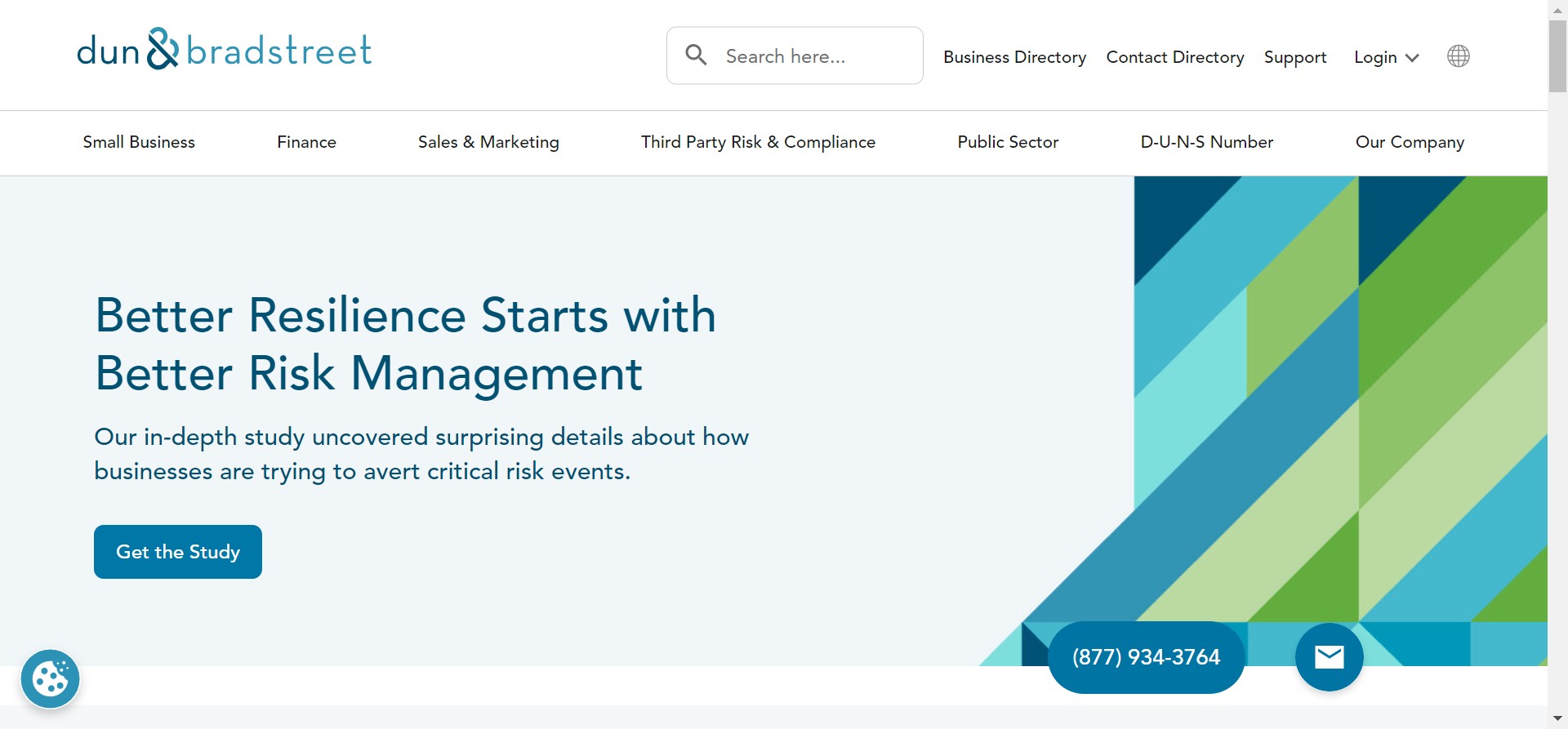When it comes to building a successful business, resilience is key. The ability to weather storms, adapt to change, and bounce back from setbacks can mean the difference between thriving and floundering. And at the heart of resilience lies effective risk management. In today’s fast-paced and unpredictable world, businesses face a myriad of risks that can impact their operations and bottom line. From cyber threats to supply chain disruptions, understanding these risks and implementing strategies to mitigate them is essential. Join us as we explore why effective risk management is crucial for better resilience in the ever-evolving business landscape. Prepare yourself for insights, tips, and real-world examples that will empower you to build a solid foundation for your organization’s future success!
Understanding the Importance of Risk Management for Resilience
In the face of constant change and uncertainty, businesses need to be prepared for whatever challenges may come their way. This is where risk management plays a crucial role in fostering resilience. But what exactly is risk management and why is it so important?
At its core, risk management involves identifying potential risks that could impact an organization’s objectives, assessing their likelihood and potential impact, and implementing strategies to mitigate or minimize those risks. It goes beyond simply reacting to crises; rather, it focuses on proactive measures to prevent or reduce the negative consequences of unforeseen events.
By taking a systematic approach to risk management, businesses can gain a deeper understanding of the threats they face and develop effective strategies to overcome them. This not only helps organizations protect their assets and reputation but also enables them to seize opportunities that arise during times of uncertainty.
Furthermore, effective risk management enhances decision-making processes by providing valuable insights into potential risks associated with new ventures or strategic initiatives. It allows businesses to weigh the potential rewards against the inherent risks involved before making critical decisions.
Moreover, embracing risk management practices fosters a culture of resilience within an organization. When employees are equipped with knowledge about potential risks and understand how they can contribute towards mitigating those risks, they become more empowered in managing uncertainties effectively.
By prioritizing risk management as part of overall business strategy, organizations can build resilience that enables them not only survive but thrive in today’s volatile marketplace. Stay tuned as we delve deeper into various types of risks businesses face and how effective identification plays a pivotal role in successful risk mitigation!
The Risks Businesses Face and How to Identify Them
Running a business comes with its fair share of risks. From financial uncertainties to operational challenges, businesses face numerous potential pitfalls that can hinder their success and resilience. To overcome these obstacles, it is crucial for organizations to identify the specific risks they may encounter.
One common risk that businesses face is market volatility. With ever-changing consumer preferences and economic fluctuations, staying ahead of the curve can be challenging. By conducting thorough market research and monitoring industry trends, businesses can gain valuable insights into potential disruptions and adapt accordingly.
Operational risks are another key consideration for businesses. These include internal factors such as system failures or supply chain disruptions that may impact production or service delivery. Regular audits, process evaluations, and contingency planning can help identify weak points in operations before they turn into major issues.
Cybersecurity threats have become increasingly prevalent in the digital age. Businesses must be proactive in identifying vulnerabilities in their IT infrastructure to protect sensitive data from breaches or hacks. Implementing strong security protocols, regular software updates, and employee training programs are essential steps towards mitigating cyber risks.
Financial risks also pose significant challenges for businesses. These include cash flow problems, debt management issues, or unexpected expenses that can drain resources quickly. Conducting regular financial assessments and creating comprehensive budget plans can help detect potential red flags early on and enable swift action when necessary.
Regulatory compliance plays a vital role in risk management for many industries today. Failure to adhere to legal requirements not only exposes businesses to penalties but also damages reputation and customer trust. Staying informed about relevant laws and regulations while implementing proper compliance measures is crucial for avoiding unnecessary risk exposure.
In summary,
the ability
to identify
and understand
the various
risks faced by
a business is
critical.
Every organization should conduct a thorough assessment of both internal processes
and external factors
that could potentially impact its operations.
By proactively identifying these risks,
businesses are better equipped
to implement effective risk management strategies
that enhance resilience and ensure long-term success.
Remember, risk
The Role of Technology in Enhancing Risk Management
Technology has become an invaluable tool in modern business practices, and risk management is no exception. With the increasing complexity and frequency of risks that businesses face today, leveraging technology has become essential for effective risk management.
One way technology enhances risk management is through improved data collection and analysis. By using advanced analytics tools, businesses can gather vast amounts of data from various sources to identify potential risks. This allows them to make informed decisions based on accurate insights, minimizing the occurrence and impact of risks.
Furthermore, technology enables real-time monitoring and early detection of risks. Through automated systems and sensors, businesses can continuously monitor their operations for any abnormalities or deviations from standard procedures. This proactive approach helps identify potential risks before they escalate into major issues.
Additionally, technology plays a crucial role in streamlining communication and collaboration within organizations. With cloud-based platforms and project management tools, stakeholders can easily share information related to risk assessment and mitigation strategies. This promotes transparency, accountability, and efficient decision-making processes across departments.
Moreover, emerging technologies such as artificial intelligence (AI) are revolutionizing risk prediction capabilities. AI algorithms can analyze historical data patterns to predict future trends or events that may pose significant risks to a business. By harnessing this predictive power, companies can proactively prepare themselves for potential threats well in advance.
In conclusion,
Technology acts as a catalyst for effective risk management by providing enhanced data analysis capabilities,
real-time monitoring systems,
efficient communication channels,
and predictive modeling.
By embracing these technological advancements,
businesses can build a solid foundation for better resilience against unforeseen challenges – ultimately safeguarding their long-term success.
Case Studies of Successful Risk Management Implementation
In this blog post, we have explored the importance of effective risk management for building resilience in businesses. We have seen that understanding and managing risks is crucial for organizations to withstand challenges and thrive in today’s ever-changing world.
To further emphasize the significance of risk management, let’s take a look at some real-life case studies where successful implementation has led to better resilience and long-term success.
1. Company XYZ: This multinational corporation recognized the potential risks associated with their global supply chain. By implementing a robust risk management system, they were able to identify vulnerabilities and develop contingency plans. When faced with disruptions such as natural disasters or political unrest in certain regions, Company XYZ was well-prepared to quickly adjust their operations and minimize negative impacts on their business.
2. Organization ABC: The financial industry is inherently exposed to various risks, including market volatility and cyber threats. Organization ABC understood these risks and implemented advanced technology solutions like AI-powered analytics tools to proactively monitor potential threats. By continuously assessing vulnerabilities and implementing preventive measures, they successfully mitigated many risks while maintaining smooth operations even during turbulent times.
3. Start-up DEF: As a young start-up operating in a highly competitive market, DEF realized that they needed strong risk management practices from the outset. They conducted thorough market research to identify key competitors, regulatory challenges, and potential economic downturns specific to their industry niche. Armed with this knowledge, DEF developed strategies not only for growth but also for effectively managing unforeseen circumstances such as changes in consumer preferences or shifts in government policies.
These case studies highlight how effective risk management can significantly enhance an organization’s ability to navigate uncertainties while minimizing losses or disruptions along the way.
By leveraging technology tools like data analytics software or AI-driven platforms, companies can gain valuable insights into emerging risks before they escalate into major issues. Furthermore, adopting proactive approaches rather than reactive ones enables businesses of all sizes – from multinational corporations to start-ups – to build a solid foundation for resilience and long-term success


















